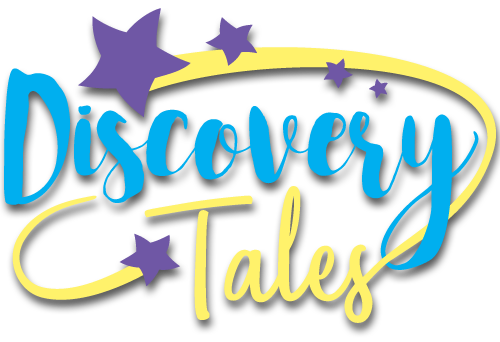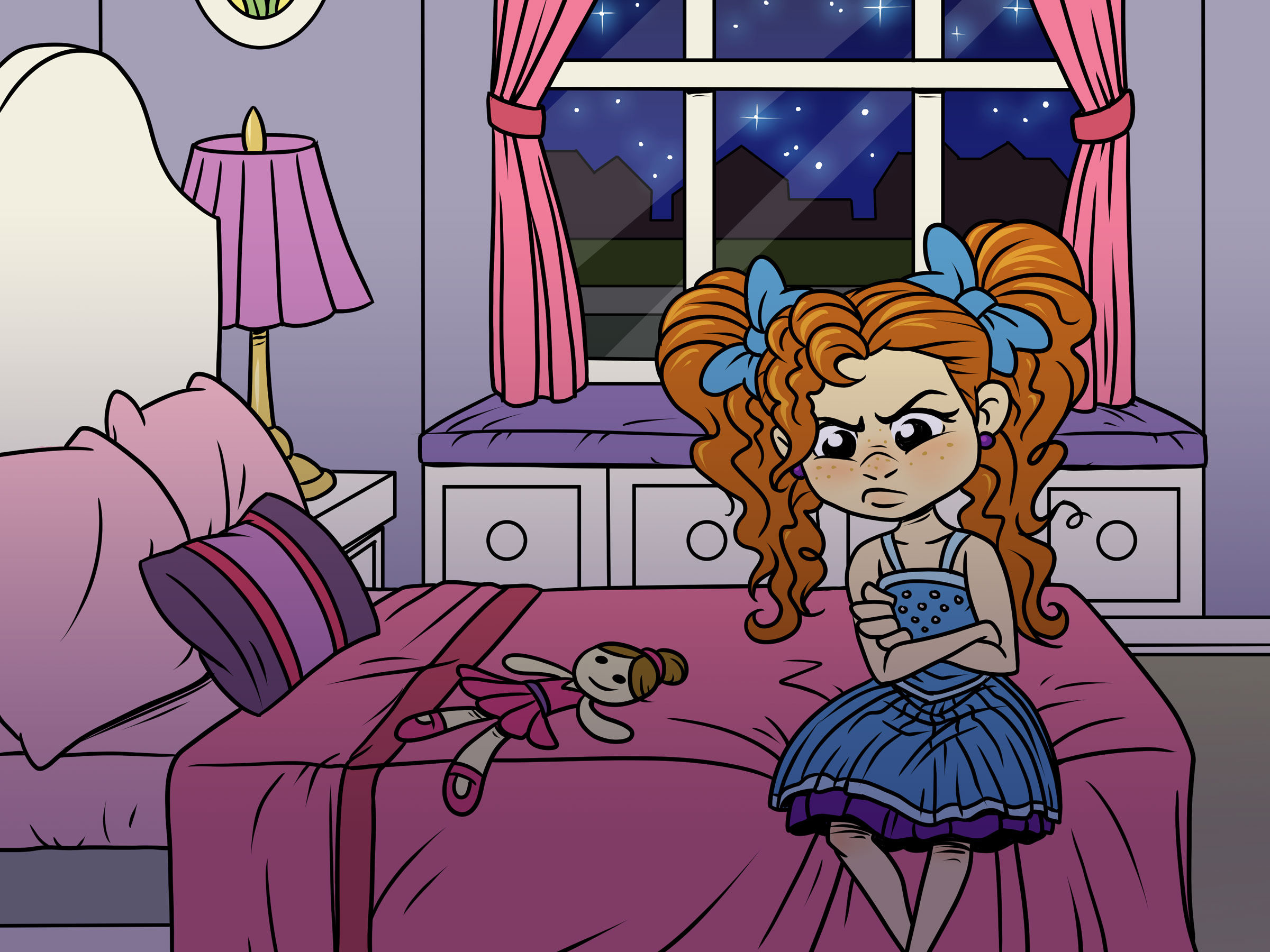Anger has been described as the first emotion human beings experience and the last one we learn to manage effectively. Anger can lead to aggressive behavior which has been defined as one of the most prevalent, stable, socially transmittable, personally disruptive and clinically problematic behaviors that society now faces (DeBarshy & Fryxell, 1998). Its developmental sequence and sequel is less understood than any other ‘problematic’ emotion. (Bowman, Smith and Curtis, 2003).
My interest in the emotion of anger began approximately 10 years ago when I worked in a Juvenile Court setting. I began noticing that nearly every child that came to the Court, did so with a chip on his shoulder. In their anger, I could often see a reflection of myself.
In my current position, as a licensed professional counselor of two to seven-year old children, I see the remnants of anger on a daily basis. Parents, guardians, foster parents and the children seem to have the common denominator of anger present mitigating their present course. In my research, I discovered when one feels an unfair situation has occurred, feelings of anger increase. (Agnew 1992, & Mazerolle, Piquero, Capowich, 2003) found that anger was a critical influence in the explanation of crime and deviance because it magnifies feelings of felt injury and injustice and motivates individuals towards action. This certainly made sense to me and can explain some of my own reactions to situations. Growing up, I was taught to “be fair and play fair.” When that doesn’t happen, my defense mechanisms start gearing up. Since I have not yet conquered the emotion of anger, there’s an expression that seems appropos “those who can, do; those who can’t, teach.” So hence the purpose of the blog – to teach a little about anger. In doing so perhaps we can learn together and share what lies within and behind the emotion we call anger. Do you have your anger under control?

